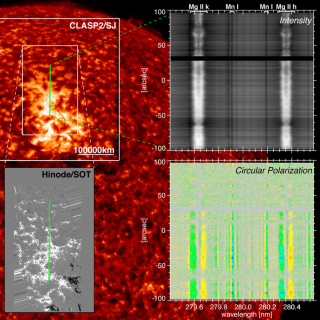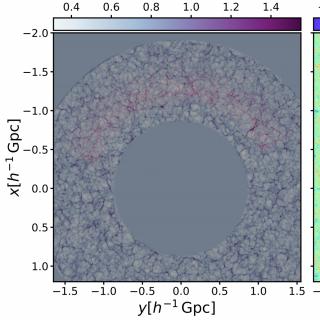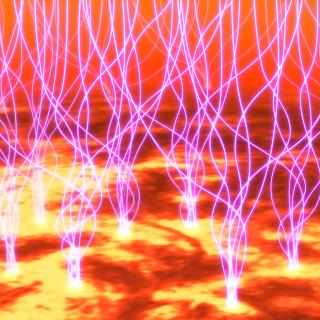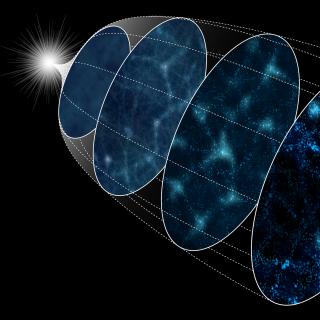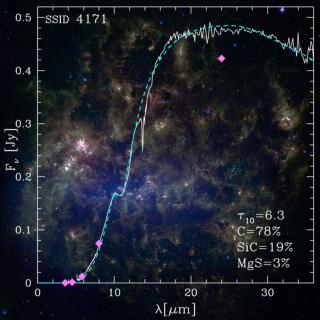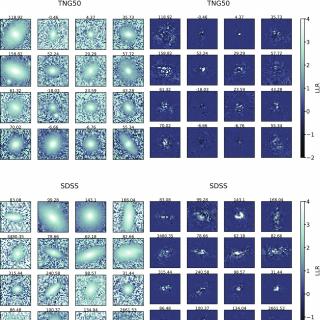
Can neural networks distinguish computer simulated galaxy images from observed galaxies? This is the question that has been addressed in this work. For years, reproducing the morphological diversity of galaxies has been a problem for cosmological simulations. The new generation of simulations, such as Illustris TNG, are becoming more and more realistic. But enough to fool a neural network? In this work it is shown that it does not. Using unsupervised deep generative models, it is shown that, despite the fact that realism increases greatly in the last generation of simulations and with
Advertised on
